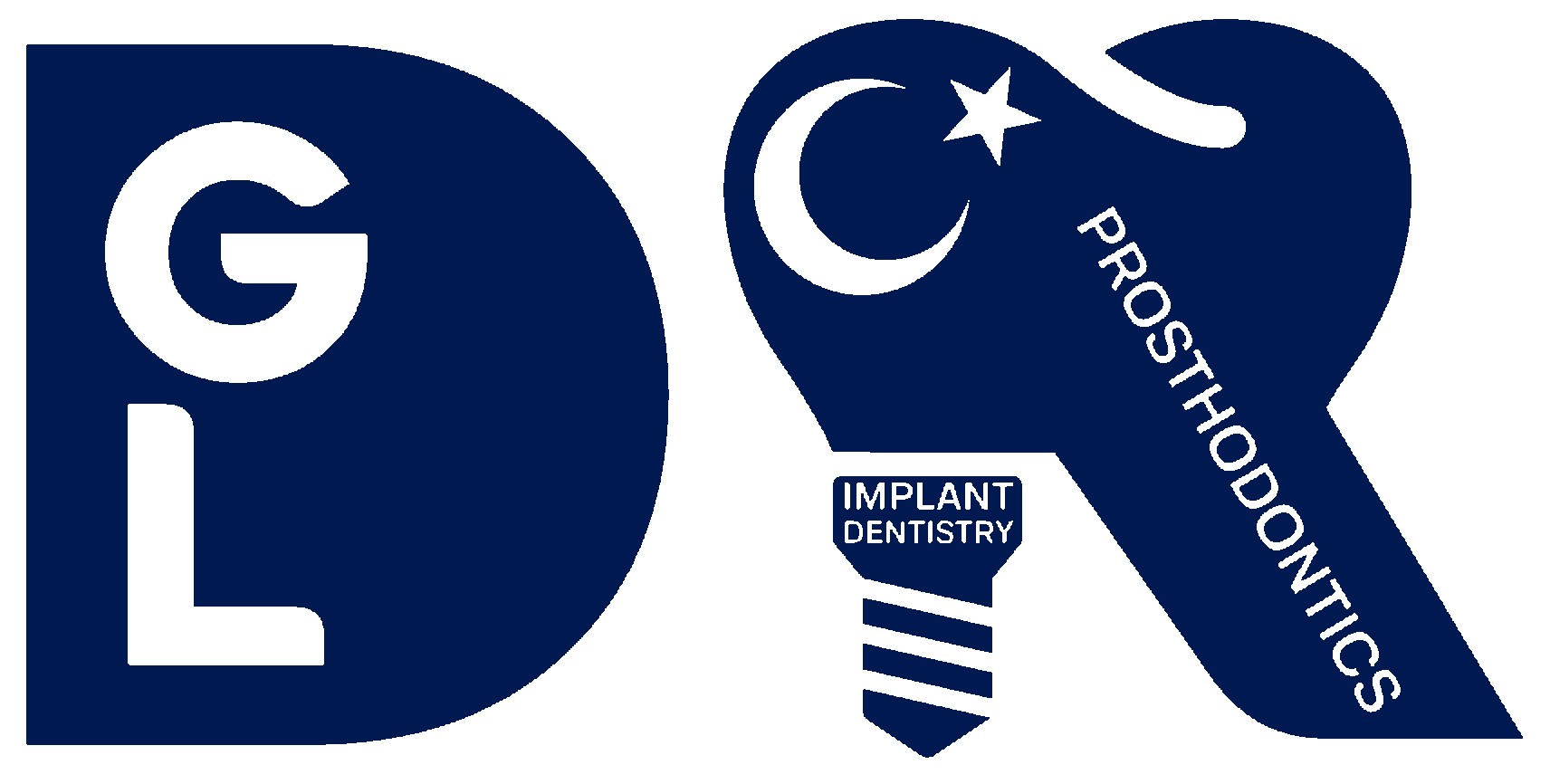Dental and jaw cysts are common oral health issues that can affect anyone. Understanding these conditions is crucial for early detection and treatment. This guide provides detailed information about dental and jaw cysts, their causes, symptoms, diagnosis, and treatment options.
What are Dental and Jaw Cysts?
Dental and jaw cysts are fluid-filled sacs that can develop in the soft tissues of the mouth or within the jawbone. They are typically benign but can cause significant discomfort and complications if left untreated.
Types of Dental and Jaw Cysts
- Periapical Cyst: Also known as a radicular cyst, this is the most common type of dental cyst. It forms at the root of a dead tooth.
- Dentigerous Cyst: This type develops around the crown of an unerupted tooth, often affecting wisdom teeth.
- Keratocystic Odontogenic Tumor (KCOT): Previously known as an odontogenic keratocyst, this type is known for its aggressive behavior and high recurrence rate.
- Nasopalatine Duct Cyst: Occurs in the nasopalatine canal and is the most common non-odontogenic cyst in the oral cavity.
Causes of Dental and Jaw Cysts
- Infection: Bacterial infections can lead to the formation of cysts, particularly periapical cysts.
- Developmental Issues: Some cysts, like dentigerous cysts, are related to the development of teeth.
- Genetic Factors: Conditions like Gorlin-Goltz syndrome can predispose individuals to develop multiple cysts.
Symptoms of Dental and Jaw Cysts
- Swelling in the jaw or mouth
- Pain or discomfort
- Difficulty opening the mouth
- Loose teeth
- In some cases, cysts may be asymptomatic and discovered during routine dental X-rays.
Diagnosis
Diagnosis typically involves a clinical examination and imaging studies such as X-rays, CT scans, or MRIs. A biopsy may be performed to confirm the diagnosis and rule out malignancy.
Treatment Options
- Observation: Small, asymptomatic cysts may be monitored over time.
- Surgical Removal: Larger or symptomatic cysts often require surgical excision.
- Marsupialization: A procedure that involves creating an opening in the cyst to allow it to drain and shrink.
- Root Canal Therapy: For periapical cysts, treating the infected tooth can resolve the cyst.
Prevention
- Maintain good oral hygiene to prevent infections.
- Regular dental check-ups for early detection.
- Address dental issues promptly to avoid complications.
Conclusion
Dental and jaw cysts, while often benign, require attention to prevent complications. Understanding the types, causes, and treatment options can help in managing these conditions effectively. Regular dental visits and good oral hygiene are key to prevention and early detection.












